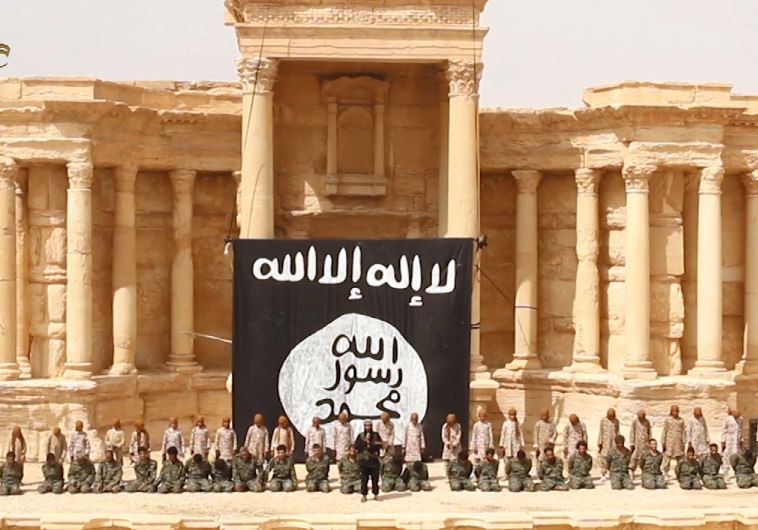Syrian army on precipice of retaking historic Palmyra from ISIS
The Syrian Observatory for Human Rights described the Syrian army offensive as the heaviest assault yet in a three-week campaign.
 ISIS executes Syrian soldiers in ruins of ampitheater in Palmyra(photo credit: WELAYAT HOMS / AFP)Updated:
ISIS executes Syrian soldiers in ruins of ampitheater in Palmyra(photo credit: WELAYAT HOMS / AFP)Updated: